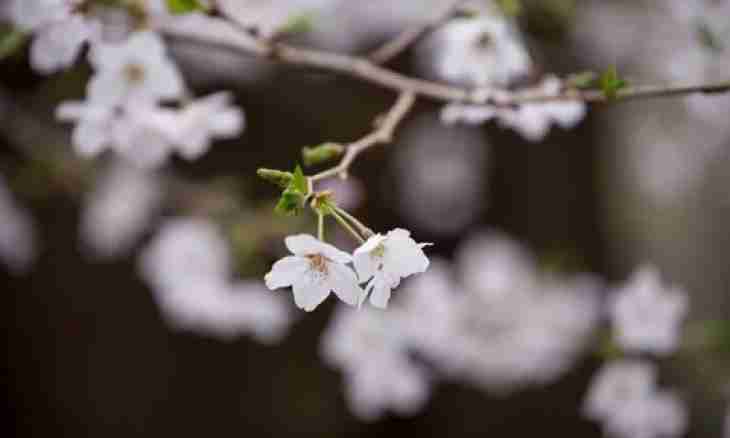Propane and butane – members of one homological number of alkanes. Alkanes are saturated acyclic hydrocarbons in which molecules all atoms of carbon are in a condition of sp3-hybridization.
Features of a homological number of alkanes
The general molecular formula of alkanes – the C (n) H(2n+2). A row begins CH4 methane and proceeds C2H6 ethane, C3H8 propane, C4H10 butane, C5H12 pentane and so on. Each subsequent member differs from previous on CH2 group.
At an otnyatiya from alkane of one atom of hydrogen the monovalent hydrocarbon radical the alkyl having the general formula C (n) H(2n+1) turns out. The simplest of them – methyl – CH3. For propane it will be spent on drink – C3H7, for butane – butyl – C4H9. The first exists in the form of two structural isomers – normal spent on drink (-spent on drink N) and an isopropyl (vtor-spent on drink) at which free valency is at secondary atom of carbon. Butyl has 4 structural isomers: the N butyl, isobutyl, vtor-butyl also rubs - butyl.
In an alkane molecule atom of carbon is connected by simple communications with four other atoms (carbon or hydrogen) and cannot attach other atoms. Therefore alkanes are called limit, or saturated, hydrocarbons.
Only the structural isomerism is characteristic of alkanes. Propane as methane and ethane, has no isomers, and since butane there is possible a branching of a carbon chain. The carbon chain is longer, the it is more perhaps than isomers for one molecular formula.
The alternative name of isobutane – the 2nd methylpropene as it can be presented as a propane molecule with the methyl deputy – CH3 near the second atom of carbon in the main chain.
On physical properties the first four members of a homological number of alkanes (methane, ethane, propane and butane) – flavourless gases, from C5H12 to C15H32 – the liquids having a smell, further – flavourless solid substances. These are the colourless substances badly soluble in water, it is easier than water. In process of increase of molecular mass of normal alkanes of temperature of boiling and melting increase, that is temperature of boiling of butane is higher, than propane.
What chemical properties of propane and butane
All alkanes which are historically called also "paraffin" chemically of a maloaktivna also show low reactionary ability. It is explained by small polarity of communications of C-C and S-H in molecules (atoms of carbon and hydrogen have almost identical electronegativity). Are most characteristic of alkanes of reaction of replacement, carried out on the free radical mechanism: these are, for example, reactions of halogenation, nitration, sulphonation as a result of which galogenalkana, nitroalkanes and sulfoalkanes are formed. At high temperatures alkanes are oxidized oxygen of air (burn) with receiving water and CO2 carbon dioxide, CO carbon monoxide or carbon C depending on surplus or a lack of oxygen. Catalytic oxidation of alkanes oxygen at low temperatures can give aldehydes, ketones, alcohols and carbonic acids, and both with a gap, and without rupture of a carbon chain. Refer cracking, dehydrogenation, dehydrocyclization, isomerization to thermal reactions of alkanes.
As receive propane and butane
In the industry the homologs of methane get from natural raw materials – oil, gas, mountain wax and also synthesize from mix of hydrogen and carbon oxide (II). In laboratory, propane and butane can be received by catalytic hydrogenation of unsaturated hydrocarbons (propene and propene, butene and Butina) and on Vyurts's reaction.

